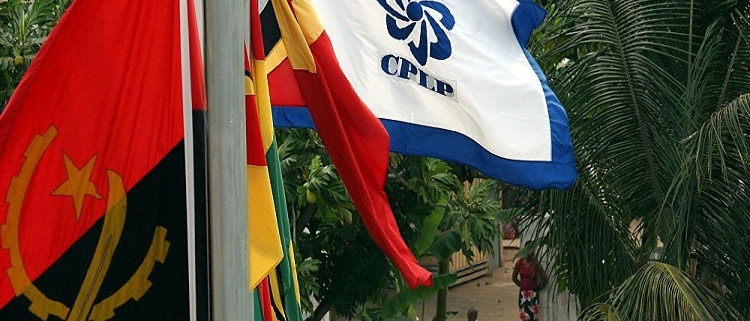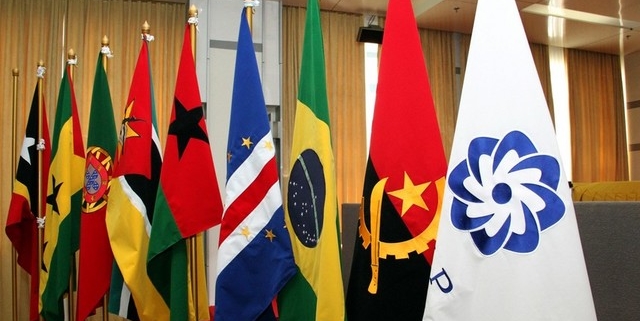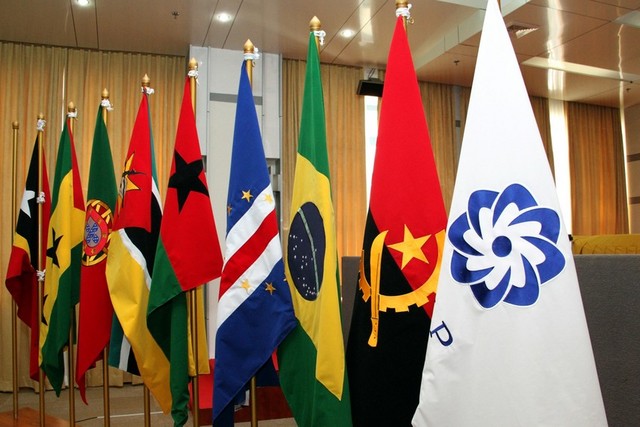An Investment Bank for Portuguese Speaking Countries Community
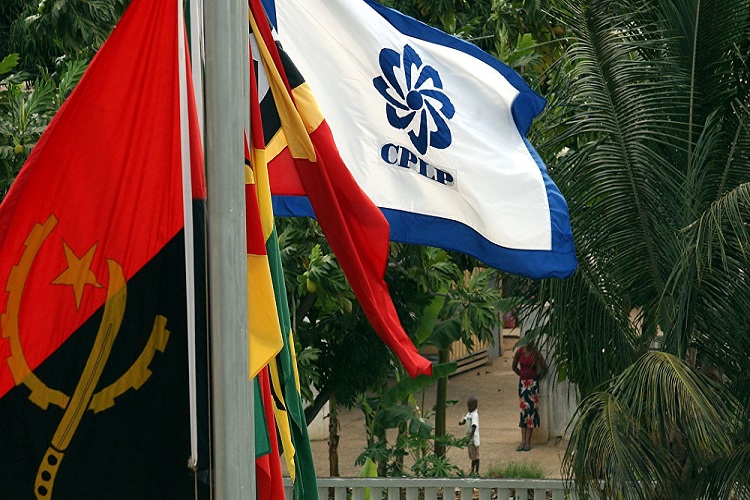
Introduction: The Investment Bank for Portuguese Speaking Countries Community
João Lourenço, President of the Republic of Angola, presented in the inauguration speech of his mandate as acting president of the Speaking Countries Community (CPLP), at the XIII Conference of Heads of State and Government, held in Luanda in July 2021, the “challenge of start thinking about the pertinence and feasibility, even if remote, of creating a CPLP Investment Bank[1]”.
The President of the Portuguese Republic, Marcelo Rebelo de Sousa, in turn, admitted that the Angolan head of State’s proposal for the creation of an investment bank in the Community of Portuguese Language Countries (CPLP) could advance, if there were significant investments of several parties. And he added that this could become a reality if “significant investments from Brazil, from African economies emerging from the CPLP, from Portugal, but also with the contribution of European funds are combined[2]”.
Although the details of this idea are not known, only knowing that it corresponds to the implementation of an Economic Pillar of the Community of Portuguese Language Countries (CPLP), it is interesting to see how such a proposal could become a reality, which is more important, since doubts have arisen from reputable Angolan experts about its feasibility[3].
***
Our conclusion is that it is possible to envisage the creation of an investment bank and development of CPLP with mixed capital and a reasonably independent and efficient structure, with diverse and plural sources of financing.
Vision, goals and strategic axes of the investment bank of lusophony
What we will call the Banco de Investimento de Fomento da Lusofonia (BIFEL) would be an investment and development bank that would materialize the CPLP Economic Pillar. The CPLP Economic Pillar, as understood from the several statements of the Angolan government, corresponds to a need to transform the collaboration potential of member countries into real wealth and would translate into the creation of common financing mechanisms and large free market areas and freedom of movement.
BIFEL would, therefore, be an instrument for financing the development of the PALOPS and the integration of the corresponding markets.
It would have three basic goals:
i) the financing of large works and infrastructures that bring the PALOPs closer together and make them more competitive in economic terms;
ii) the development of the corresponding economies and common access markets;
iii) the survey of the quality of life of the neediest populations (levelling up).
Thus, there would be a triple concern with economic integration, development and what is currently called levelling up regions and populations[4]. Economic and social aspects would have to be combined.
These goals would have to be operationalized in the creation of three major strategic axes that would, in practice, be transformed into three consigned credit lines.
• The first axis would be dedicated to infrastructure for common benefit: digital structures and networks, ports, airports, means of communication, roads, energies, especially renewable energies, etc.
• The second axis would be aimed at economic growth projects, the formerly called economic development. Here we would have factories, companies, and growth-promoting economic activities.
• Finally, a third axis dedicated to the aforementioned levelling up, with characteristics of economic and social development, would include support for building hospitals, schools, training human resources in education and health, environmental and climate protection.
BIFEL Share Capital
BIFEL would be a mixed financial institution, with share capital from several sources. One could point to an initial share capital of one billion, seven hundred and fifty thousand euros [1, 750 billion euros] (the reference point is that the development bank recreated in Portugal has 255 million euros as social capital and is fully public). In this case, the share capital would be much larger (1.75 billion euros) and the ownership not fully public.
A mixed ownership system for BIFEL is envisioned.
• First, 1000 million euros would be earmarked for the subscription of CPLP Member States: Angola, Cape Verde, Guinea-Bissau, Equatorial Guinea, Mozambique, Portugal, São Tomé and Príncipe and East Timor. Each State would participate in capital according to an equitable formula that considered its absolute GDP and GDP per capita, which allowed considering the real wealth of each one, its competitiveness and productivity, and the well-being of its populations.
• Afterwards, 500 million euros would be allocated to observer countries associated with the CPLP: Mauritius, Senegal, Georgia, Japan, Namibia, Turkey, Slovakia, Hungary, Czech Republic, Uruguay, Andorra, Argentina, Chile, France, Italy, Luxembourg, United Kingdom , Serbia as well as the European Union. Each of these countries and the European Union would make the proposals for capital subscription up to the amount it considered within the threshold of 500 million euros.
• A third group of share capital worth 250 million euros would be open to private investors from any country in the world.
Naturally, BIFEL would produce dividends from its borrowing activities in order to compensate its shareholders and would only finance projects in countries subscribing to share capital.
Organic structure of BIFEL
The bank’s structure would be based on three type bodies.
The direction would be ensured by a Board of Directors with a five-year term composed of 7 members, 4 appointed by the Member States, 2 by the Associate Observers and 1 by the Private Investors, the Chairman of the Board being appointed under the prerogative of the Member States, while acting as Vice -Presidents, there would be an element designated by the associated observers and another by the private investors.
The supervision would be incumbent upon a Supervisory Board composed of 5 members, 3 of which were chosen by the Courts of Auditors of the Member States on a rotating basis for three-year terms. Another member would be appointed by the Courts of Auditors of the associated observer countries in the same rotating scheme and finally the fifth member would belong to an international auditor of global reputation, resulting from the co-option of the remaining four members. Finally, there would be a General Assembly where each representative would act according to their share capital.
This structure would allow, on the one hand, the representation of States and shareholders, but would also BIFEL effectively independent corporate body with fiduciary duties and economic efficiency in relation to its shareholders and taxpayers of each State, given the diversity of its organic structure.
The head office would be established in CPLP’s most important financial market, according to the volume of business, with two operational sub-headquarters in the subsequent relevant financial centers.
Conclusion
This could be the outline of a financial institution dedicated to the PALOPs, combining the advantages of public and private ownership at the same time, deriving from various sources of financing, allowing for a better integration of Portuguese-speaking markets, making each country grow and improve the living conditions of Portuguese-speaking populations, in the end, the ultimate goal of this initiative.
[1] https://www.jornaldeangola.ao/ao/noticias/angola-propoe-criacao-de-banco-de-investimento/
[2] https://www.jornaldenegocios.pt/economia/detalhe/banco-de-investimentos-da-cplp-pode-ter-virtualidades-diz-marcelo
[3] https://visao.sapo.pt/atualidade/mundo/2021-07-20-cplp-economista-angolano-diz-que-banco-de-investimentos-nao-tem-pernas-para-andar/
[4] About the concept as it is being developed in the UK, see: https://www.centreforcities.org/levelling-up/
